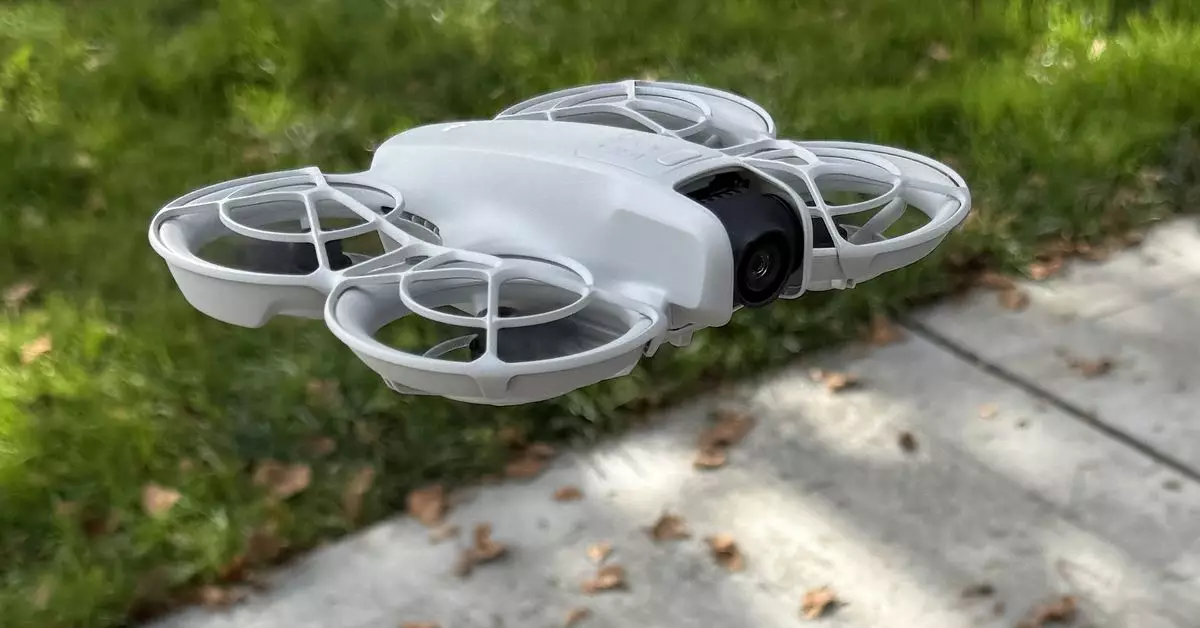In the fast-evolving world of consumer drones, brands continuously vie for dominance by offering innovative features that appeal to both casual users and serious enthusiasts. DJI, a leader in the drone market, has previously positioned its products as the go-to option for creators looking to capture high-quality video footage. The introduction of the $199 Neo selfie drone signaled a willingness to cater to budget-conscious consumers while still integrating advanced technology. However, as competition heats up, it’s essential for DJI not only to launch products but also to ensure they remain relevant through timely updates.
Initially, the Neo drone faced criticism due to two significant drawbacks that risked alienating potential buyers—namely its inability to record vertical video and the sluggishness of its tracking capabilities. Both factors were particularly disadvantageous amidst the current social media landscape, dominated by influencers who thrive on platforms like TikTok and Instagram. Fortunately, DJI has been proactive in refining the Neo drone’s functionality, responding to user feedback and enhancing its competitive edge. With new firmware updates, the drone now boasts the ability to shoot vertical video, a feature anticipated to be a game-changer for social media content creators.
One of the most notable enhancements post-update is a dramatic increase in the drone’s tracking speed. Previously, the Neo struggled to keep pace with cyclists, failing to maintain speed even at moderate cycling rates. However, following the update, tests showed that the drone can now track moving subjects at speeds of up to 20 miles per hour, outpacing the manual controls even in Sport mode. Such performance improvements not only elevate the allure of the Neo drone but also broaden its usability for a variety of activities ranging from adventure sports to casual outings.
While the addition of vertical video arguably increases the appeal of the Neo drone, it is essential to note a couple of caveats. The drone is limited to capturing 1080p footage, lacking the ultra-high-definition (UHD) capabilities that many enthusiasts expect, especially when it comes to creating visually stunning content. Despite being framed as an advancement, this reduction in quality may deter users who prioritize the highest resolution. Additionally, to access the vertical video function, users must ensure that their DJI Fly app is up to date—a detail that could confuse less tech-savvy individuals or those who find navigating app updates cumbersome.
As DJI continues to enhance its product line, the Neo drone represents an essential step in targeting a growing audience of socially influenced creators. By addressing previous shortcomings and integrating features aligned with current trends—like vertical video and enhanced tracking speed—the company is strategically positioning itself for success. However, it remains to be seen whether these updates will fully satisfy the demands of a diverse consumer base or whether further iterations will be necessary to remain ahead in the competitive drone market. The emphasis on timely updates and consumer feedback will prove crucial as DJI seeks to maintain its reputation as a pioneer in the industry.

